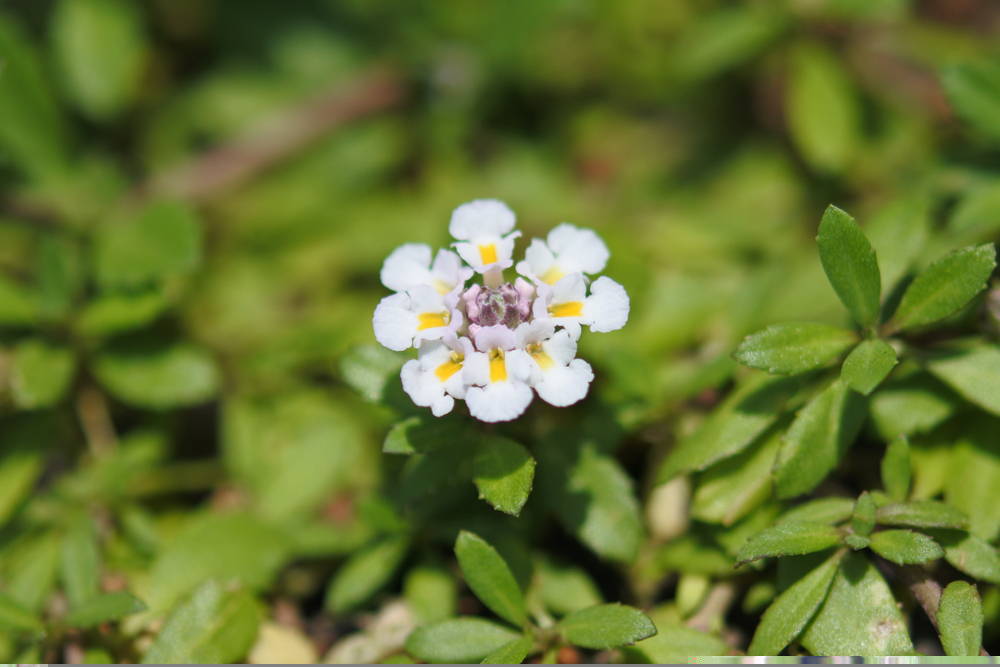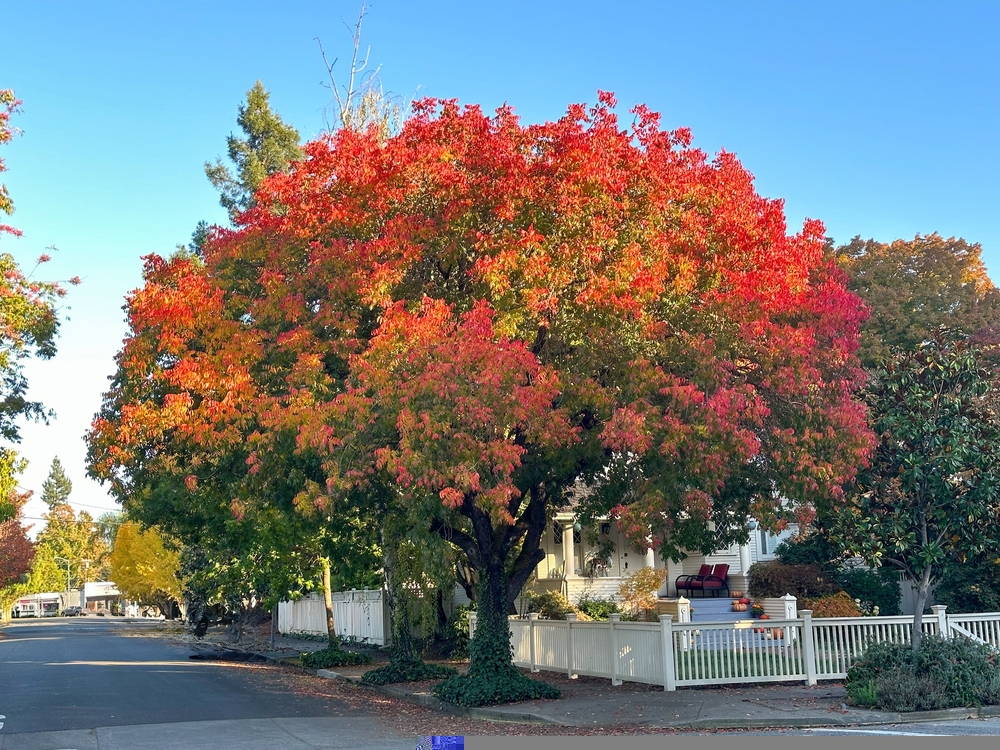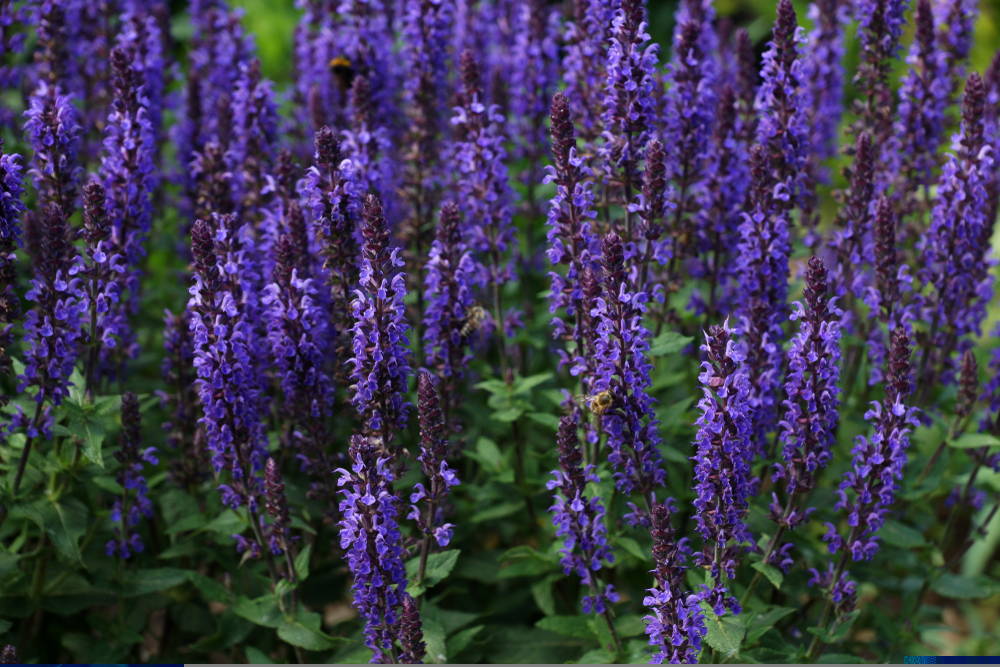
What’s in Plant Names? More Than You’d Expect!
Wonder what plant names mean? Why is there a common name and a scientific (botanical) one?
- Common names like Cone Flower or Black-Eyed Susan can hold different meanings depending on the region or the person referring to it.
- These same names can refer to more than 1 type within a single common name.
- Common names, even when a trademark is included, though often catchy, don’t tell the whole story.

Scientific names eliminate guesswork. They also inform discussions about parentage and set the groundwork for landscape expectations. An important element for landscape professionals.

A few terms. Native, Adapted, Cultivar, and Hybrid.
Native: Naturally occurs in a specific natural region or ecosystem: Example: The groundcover Frogfruit (Phyla nodiflora) is native to Central Texas.
Adapted: Introduced from another region; grows well in the local environment: Example: Agave Whale’s Tongue (Mexican native but does well in Austin)
Cultivar: Selected and maintained by humans for specific traits – usually bred under strict licensing and protocol to guarantee and maintain characteristics: Example: Salvia Mystic Spires, an accidental cross of native Salvia farinacea and Mexico native, Salvia longispicata. Now maintained by vegetative production not seed.
Hybrid: Crossing two genetically different plants If grown by seed, chances are high reproduction will not stay true. Example: Joan Lionetti Oak, a cross between Live Oak and Southern Live Oak.

In some cases, a hybrid can also be a cultivar. Less often a cultivar can be a hybrid.
Terms matter. Why? Because your end results do. You want your plant investment to get results! At Leaf Landscape Supply, we know all the names and speak the language! Let us help you get what you need and deserve when plant shopping! Come in today!
Landscaping Tips (Archives)
